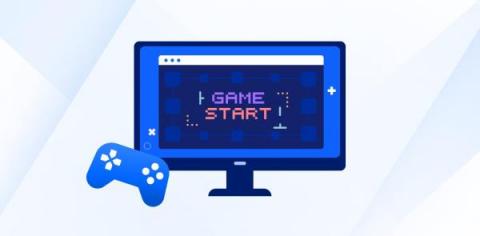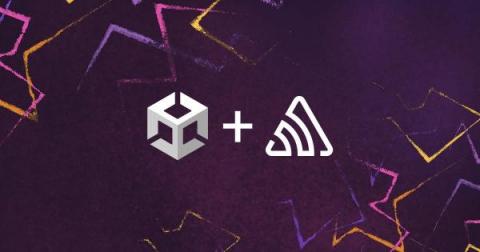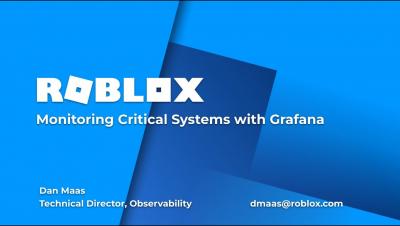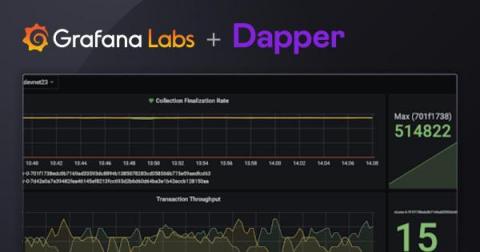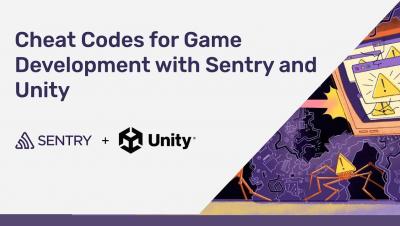Operations | Monitoring | ITSM | DevOps | Cloud
Gaming
Earn Money Playing Blockchain Games? What Are They and 5 Fun Recommendations for Beginners
Unity Tutorial: Developing Your First Unity Game - Part 3
Welcome to the final article in this Unity series where we are developing a Unity game.
Instructions On How To Build Your First Ever Gaming Rig
Monitoring critical systems at Roblox with Grafana and Grafana Agent
Top 5 Takeaways From GDC 2022
The Game Developers Conference (GDC) is a yearly event that brings together leading brands in the gaming industry to talk about trends in development and showcase new features and releases. One of the cool things about the conference is that it’s an excellent opportunity for gaming enthusiasts, aspiring game developers, and industry vendors to connect, network, learn and celebrate the achievements of the industry.
How Dapper Labs uses Grafana Cloud to meet the global demand of NFT Mania
Ever since a JPEG created by the digital artist Beeple sold for more than $69 million in 2021, the worldwide obsession with NFTs (non-fungible tokens) that represent digital collectibles, art, and media has been growing. A company at the forefront of the NFT world is the blockchain gaming studio Dapper Labs, which leverages blockchain to build addictive games (such as CryptoKitties), verify authentic digital collectibles, and run fan tokens for sports personalities and music artists.
Package Management for Gaming Software Development
There is huge scope required when building video games. They are not just computer programs; they’re audio-visual artistic works. It’s a collaborative effort between software engineers, animators, scriptwriters, graphic designers, photographers and sound engineers. Working with these collaborators and assets leads to a different software pipeline than the average software project.
Cheat Codes for Game Development with Sentry and Unity
Game Launches Should Be Exciting for Your Players, Not for Your LiveOps Team
The moment of launching something new at a game studio (titles, experiences, features, subscriptions) is a blockbuster moment that hangs in the balance. The architecture—distributed and complex, designed by a multitude of teams, to be played across a variety of devices in every corner of the world—is about to meet a frenzy of audience anticipation, along with the sky-high expectations of players, executives, and investors.



